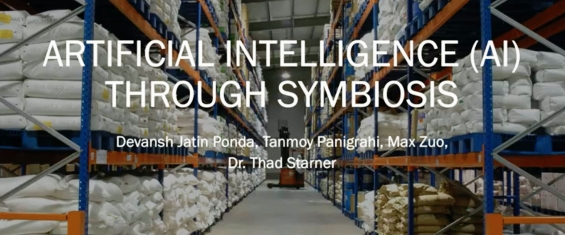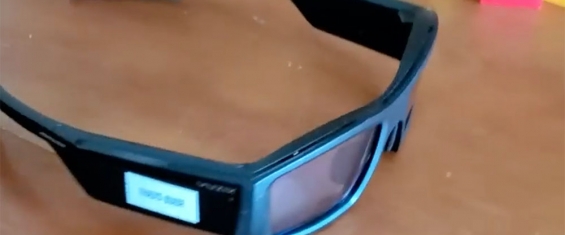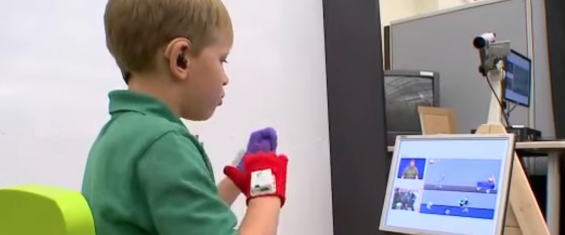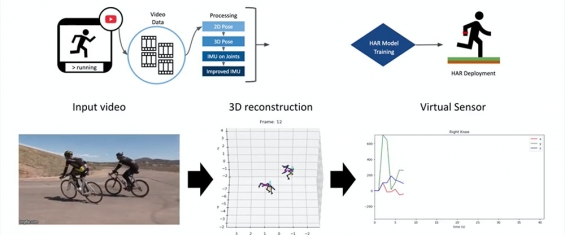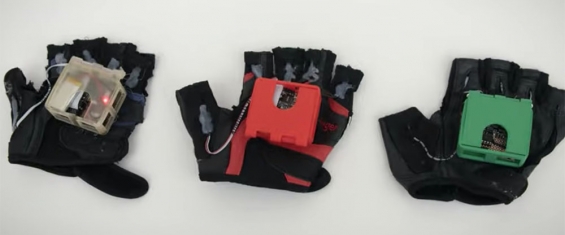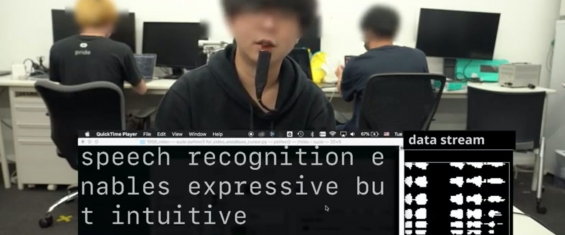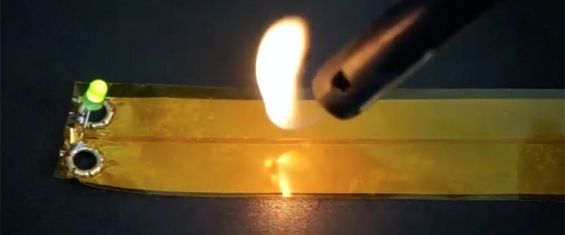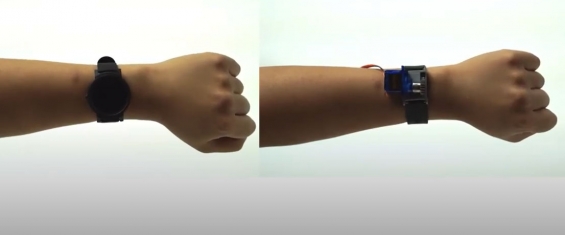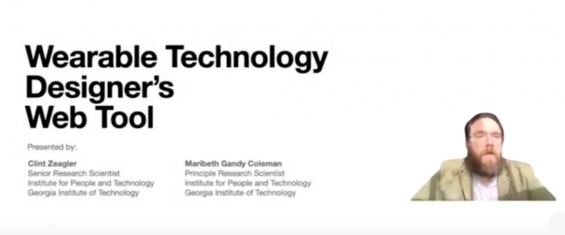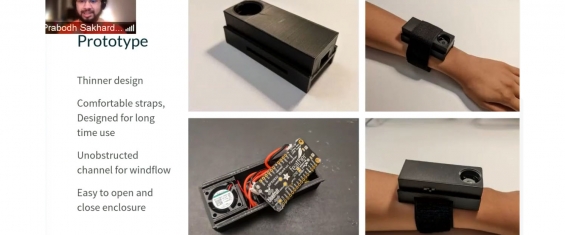
Georgia Tech is home to many of the world’s leading innovators in wearable computing. Technologies being created at Georgia Tech are addressing the key challenges in making advanced wearable computing possible to help address the needs of specific user populations.
Back to Main »
We're using a revolutionary new approach to optimizing the process of order picking. Contrary to traditional methods, we want to use smart head-worn displays (HWDs) to enable our users to detect and correct errors during order picking in real-…
Captioning on Glass is an on-going project creating captioning eyeglasses with a companion Android phone app to assist the hard-of-hearing in everyday conversations. We are also working on another version of this app, "Translation on Glass",…
CopyCat and PopSign are two games that help deaf children and their parents acquire language skills in American Sign Language. 95% of deaf children are born to hearing parents, and most of those parents never learn enough sign language to teach…
Examinator automatically compares pairs of take-home exams to select which should be manually checked for plagiarism.
The lack of large-scale, labeled data sets impedes progress in developing robust and generalized predictive models for on-body sensor-based human activity recognition (HAR). Labeled data in human activity recognition is scarce and hard to come by…
Our Passive Haptic Learning gloves teach the "muscle memory" of how to play piano melodies without the learner's active attention. These gloves can also help wearers recover sensation in their hands after a traumatic event, such as a partial…
SilentSpeller enables mobile silent texting using a dental retainer with capacitive touch sensors to track tongue movement. Users type by spelling words without voicing.
We propose Silver Tape, a simple yet novel fabrication technique to transfer inkjet-printed silver traces from paper onto versatile substrates, without time-/space- consuming processes such as screen printing or heat sintering. This allows users…
We designed and implemented a novel smartwatch wristband, Spidey Sense, that can produce expressive and repeatable squeezing sensations and effectively explore the design space of squeezing patterns.
The Wearable Technology Designer's Web Tool WTDWT is a tool that leads designers / developers through a series of questions about their wearable technology project. The questions are designed to force designers to think of all options at the…
Exploration in using the sensation of wind as a computation interface and calm technology.
